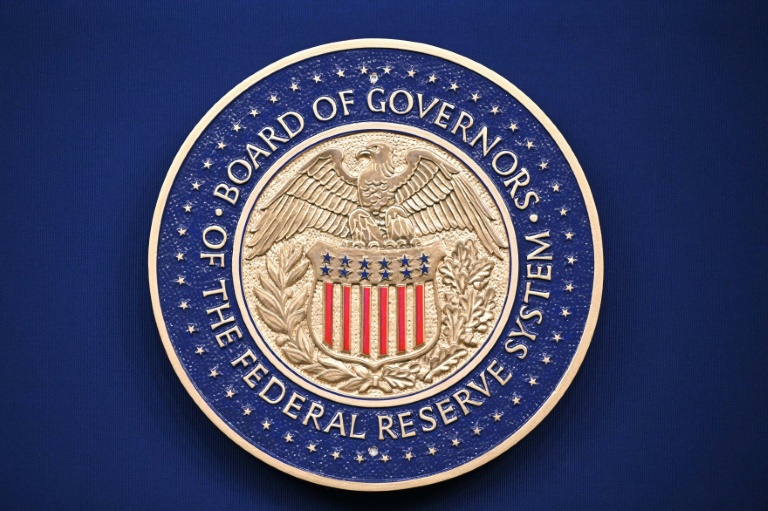YIELDS on Germany’s 10-year bond rose above those of its two-year debt on Monday (Sep 23), as soft business activity data drove expectations of more rate cuts by the European Central Bank (ECB) this year.
This is the first time this part of the curve has “disinverted” or returned to its normal shape – an upward sloping curve – since November 2022.
French government bonds were also in focus, with France’s 10-year yield a whisker away from rising above Spain’s for the first time in over a decade.
The yield on the rate-sensitive German two-year bond was last down nine basis points (bps) at 2.16 per cent, while the 10-year yield dropped 5.5 bps to 2.166 per cent.
Longer-dated bond yields are generally higher than shorter-dated ones. But when this reverses, or inverts, it is often seen as a signal of a recession in the next one to two years.
The curve usually turns positive before a downturn begins, with short-term yields dropping faster on expectations of interest rate cuts to support a weakening economy.
BT in your inbox
Start and end each day with the latest news stories and analyses delivered straight to your inbox.
The US yield curve reversed in August.
Kenneth Broux, Societe Generale’s head of corporate research, foreign exchange and rates, said the German yield curve reversal “is more than symbolic on a day when the weak PMIs (purchasing manager indexes) will inevitably fuel the debate about (an) October rate cut by the ECB”.
“Are they behind the curve on inflation versus growth?” he said.
PMI survey data on Monday showed France’s services sector contracted sharply in September, after a strong August driven by the Olympic Games.
This was followed by German data showing business activity in the eurozone’s largest economy contracted at its sharpest pace in seven months in September.
Markets are currently pricing around a one-in-three chance that the ECB will cut rates by 25 bps at its October meeting.
French bonds were less moved by the data than German ones. This suggested that political concerns were keeping investors away from French debt, while German bonds recorded safe-haven inflows.
France’s 10-year yield fell three bps to 2.94 per cent, widening the gap between German and French 10-year yields to as much as 79 bps – its widest since market volatility in early August.
The spread is a gauge of the higher returns investors demand for holding French debt over the European benchmark. It has been in focus since it widened sharply in the run-up to France’s parliamentary elections earlier in the year.
New French Prime Minister Michel Barnier unveiled his ministerial line-up last Saturday, tapping 33-year-old junior lawmaker Antoine Armand for the prestigious economy and finance ministry.
Concern about this government’s longevity was a contributor to French bonds’ underperformance, said Rabobank analysts.
In a further sign of investor jitters about France, Spain’s 10-year bond yield – which was four bps lower at 2.97 per cent – is now just three bps away from falling below France’s for the first time since late 2007, showed data from LSEG’s workspace.
This would be notable, said Rabobank, since French government bonds typically trade based on France’s position as part of the eurozone’s core rather than based on the country’s fundamentals.
“If (French) government bonds were to trade cheap to (Spanish government bonds) on a sustained basis, this would imply that the country’s de facto core status no longer holds. This, in turn, would be a decidedly negative signal in terms of regional cohesion,” they said.
Italy’s 10-year yield was down four bps at 3.53 per cent, and the gap between Italian and German 10-year yields was 137 bps. REUTERS







